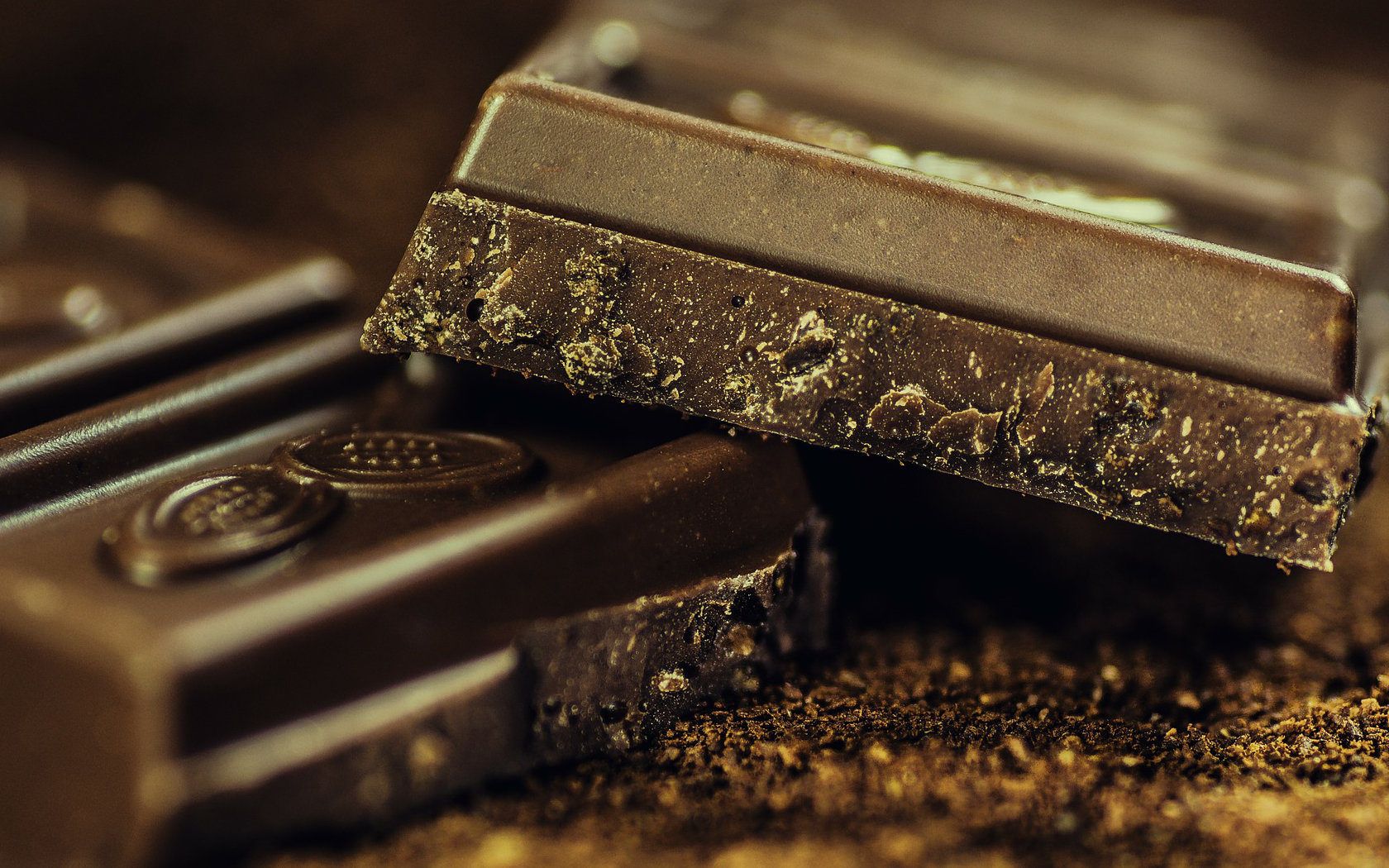Until the beginning of the 20th century Ecuador was the biggest exporter of cocoa beans worldwide and today the country still ships its coveted resource to all over the world. According to the International Cocoa Organization in 2013 there is an amount of 16% of Ecuadorian beans in almost every chocolate you can find in the world. It took this beautiful country over 250 years of only exporting the beans until they actually started to process the cocoa bean to chocolate.
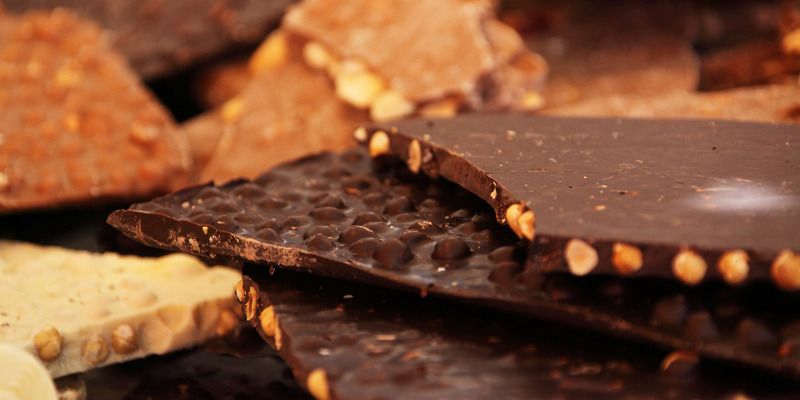
The secret of bitter-sweetness
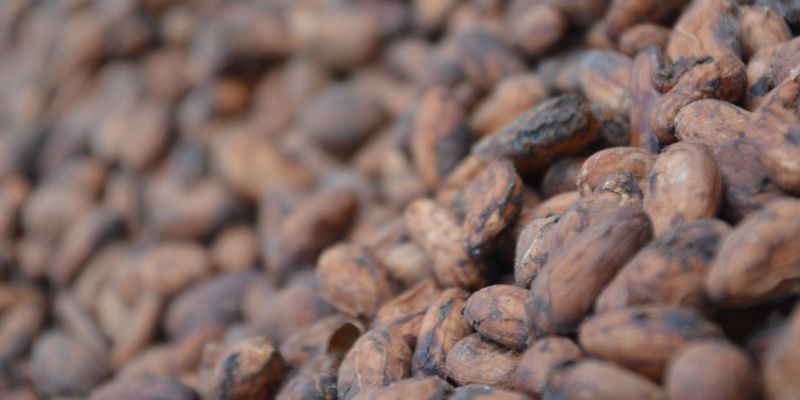
There is more than one hint saying that chocolate’s origin takes place in Ecuador. An archeologic discovery in the Southern Amazonian region of Ecuador for example proves that people already used to harvest and eat cocoa more than 5,000 years ago. The western version of cocoa came up later in form of a cocoa drink with additional sugar called xocolati.
Nowadays there is an increasing trend of stronger chocolate recognizable. In contrast to the early 20th Century where the export of Ecuadorian beans strongly decreased, Ecuador’s dark and intense cocoa bean becomes attractive for international traders again. The Ecuadorian cocoa bean is called Arriba which means up river according to the plantations on which they’re growing and which are located along the Guayas river. Their taste and size can vary a lot.
From bean to blend
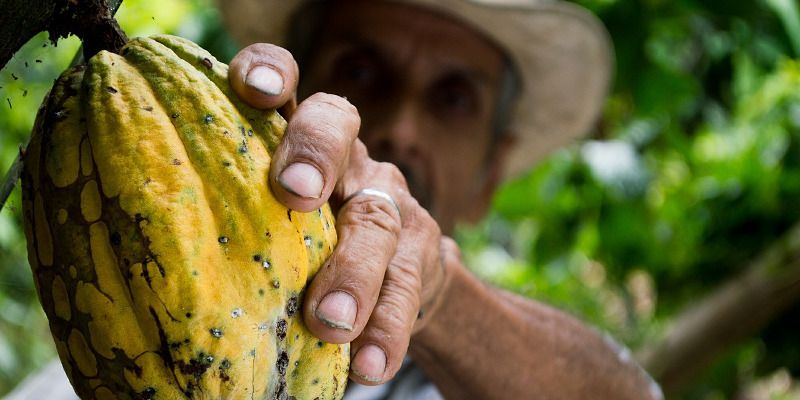
Guess what, chocolate mainly consists of cocoa beans. There is a huge diversity of cocoa beans. They can be red, green or brown. But how can those little tiny things make loads of people fall in love with them? Well, you’ll find the answer in a long and detailed step-by-step process. First of all the beans need to be kept in a greenhouse for four days. This is called the fermentation process. The bean is still in its shell during that step. You can see that the fermentation process is done when there is mold on the bean.
Afterwards the beans are getting rid of all the dirt by being cleaned manually. Now they’re ready to roast! This process is conducted using a special kind of bonfire to make the beans lose their liquid. Temperature and duration of this process affect the taste and the quality of the chocolate. Now the bean needs to undress by losing its shell. The naked bean gets grinded. The friction process causes heat which makes the cocoa butter inside of the bean melt. Last but not least the cocoa has to cool down to be either processed to chocolate right away or to be exported mainly to the US or Europe.
Fairtrade is good trade
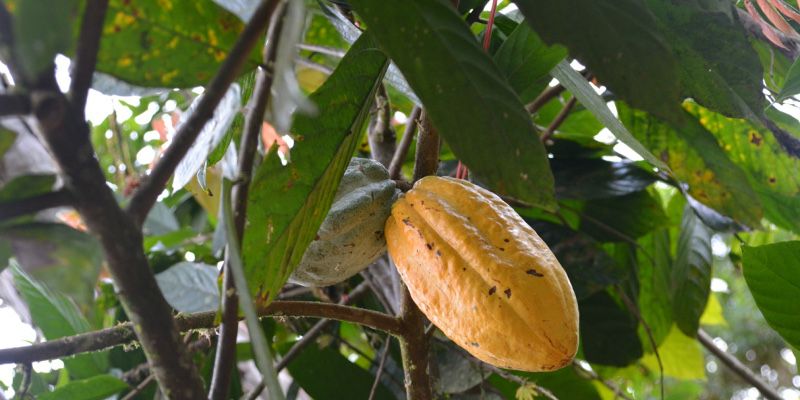
According to the growing demand for Fairtrade products worldwide, the chocolate industry also took part at this important movement. The organic brand for instance was founded in 2002 to guarantee not only the delicious taste of this little sweet treat but also the existence of Ecuadorian cocoa farmers. Since the farmers are getting fair salaries they are also more willing to safe the beans quality which makes the chocolate taste better.
In comparison to Europe, Ecuador doesn’t have the intention to produce fair because it’s a moral decision, they mostly produce under fair conditions because products obtaining the Fairtrade logo are a good marketing strategy to make people, especially tourists buy the more expensive chocolate. But still, the Ecuadorian government really wants the farmers to get a fair payment for their precious resource.
Sweet, spicy, salty and BITTER!
As mentioned above, the tastes of the Arriba beans vary a lot. But it’s not only the beans that produce the chocolates taste, there have been coming up a lot of different flavors and a diversity of forms and colors making chocolate become even more indispensable. Especially the 100% cocoa chocolate and also its softer friends containing 80% or 70% became really popular for consumers during the last years. There is (almost) no sugar added which also makes it healthier in comparison to the conventional milk chocolate. To make the chocolate more unique, manufacturers also started using little tricks like adding almonds or more extravagant salt and chili to the chocolate. A 50g bar of Fairtrade Ecuadorian chocolate costs about 4 Dollars and it is really worth the prize.
Originally published on Ailola by Laura Straub on January 31, 2017.
